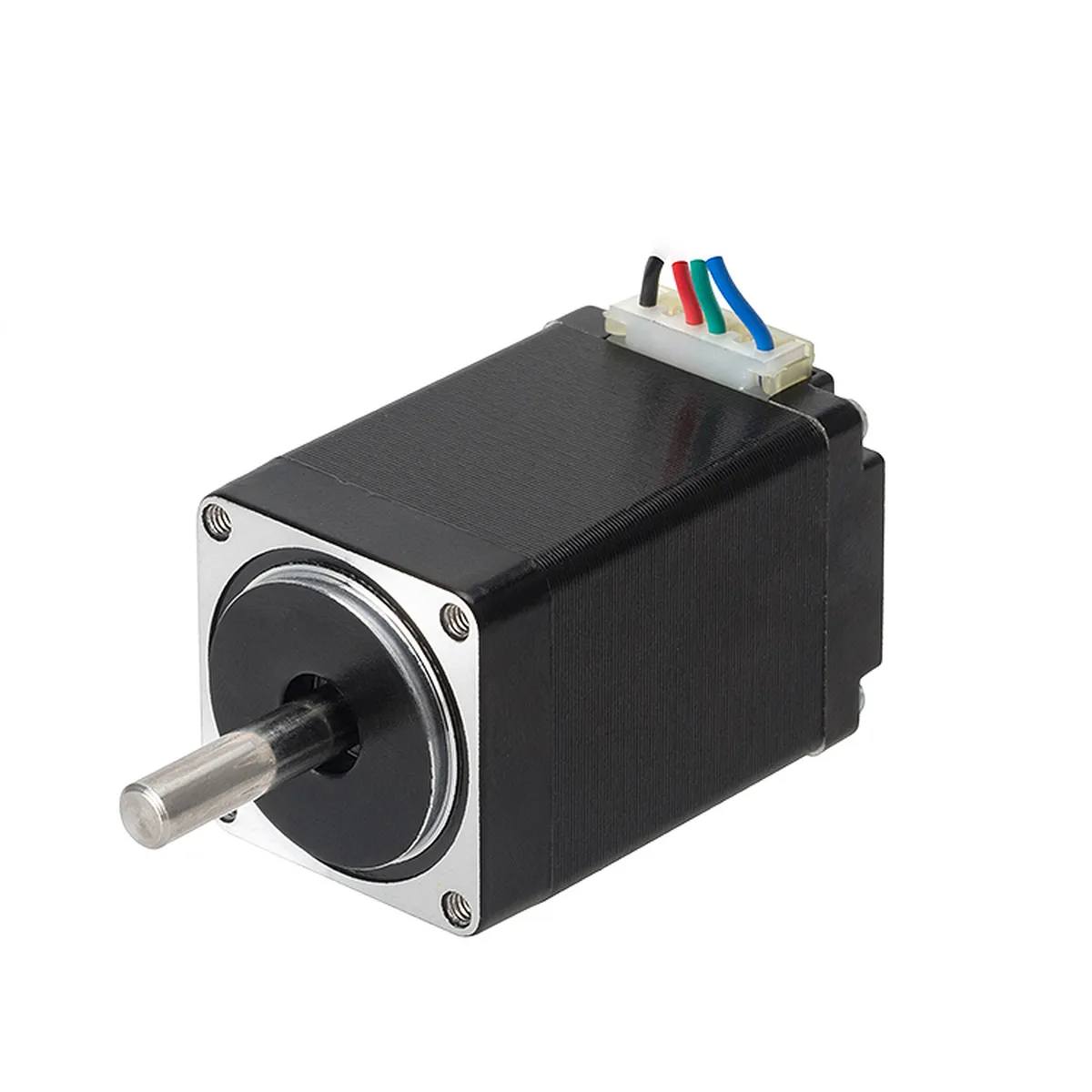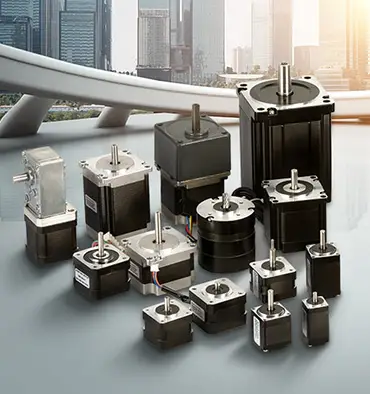How to choose stepper motor for 3d printer?
The first step in choosing the right stepper motor for a 3D printer is to determine the type of motor that will be used. Stepper motors are classified into two main types: full-step and half-step. The type of motor determines the number of steps that are required for the motor to rotate through one complete revolution.
Full-step stepper motors require 200 steps to complete a full revolution, while half-step motors require 400 steps. This means that a full-step motor has a step angle of 1.8 degrees per step, while a half-step motor has a step angle of 0.9 degrees per step.
For a 3D printer, it is generally best to choose a half-step motor with a step angle of 0.9 degrees. This type of motor provides the highest precision and accuracy, which is important for applications such as printing and scanning. The small step angle of a half-step motor allows it to move in small increments, which can improve the resolution and accuracy of the printer.
In addition to the step angle, the current supplied to the motor can also affect its performance. Increasing the current can cause the motor to rotate more quickly, which can improve its speed and torque. However, too much current can cause the motor to become overheated and may result in damage. To avoid this problem, it is important to choose a motor that is capable of supplying the correct amount of current to the printer while staying within the motor's thermal limits.
Another important factor to consider when choosing a stepper motor for a 3D printer is the microstepping resolution. Microstepping is a technique that allows the motor to move in small increments, which can improve the resolution and accuracy of the printer. Higher microstepping resolutions result in smaller step angles and improved performance. To ensure the best possible performance, it is important to choose a motor that supports microstepping resolutions of at least 1/16 step or higher.
In conclusion, carefully considering factors like step angle, current limits, and microstepping resolution when choosing a stepper motor will help ensure the 3D printer can operate accurately and reliably during long print jobs. Selecting the right motor up front pays off in precise print quality over the lifetime of the printer.


Leave a Reply